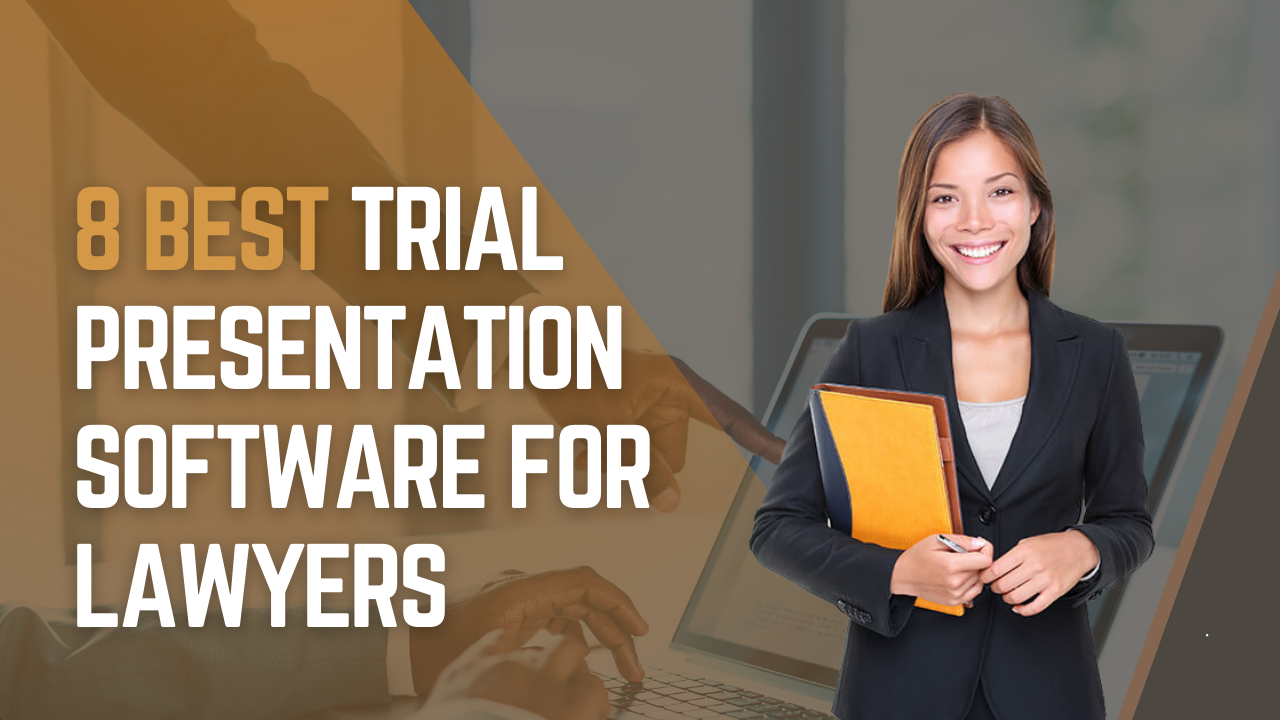Navigating the Intricacies of Test Presentations: Tips for Seamless Shipment and Compelling Debates
In the realm of legal procedures, the art of trial discussion stands as a critical determinant of success. The intricacies inherent in trial discussions call for a delicate balance of finesse, skill, and technique.

Recognizing Test Goals
To effectively navigate a test, it is crucial to have a clear understanding of the goals that require to be achieved. Before entering the court room, lawful groups must specify their objectives and preferred end results. These purposes work as guiding principles throughout the test, forming techniques and affecting decision-making processes.
Recognizing trial objectives includes a comprehensive evaluation of the instance, lawful precedents, and the client's benefits. Trial Presentations. It requires a precise examination of the truths, recognizing essential issues, and expecting prospective obstacles. By establishing particular and quantifiable goals, lawyers can tailor their discussions and disagreements to straighten with the desired results
Additionally, a clear grasp of test goals enables legal teams to prioritize proof, witnesses, and lawful arguments successfully. It permits the development of a coherent narrative that reverberates with the discretionary, strengthening the overall situation discussion.

Organizing Evidence Efficiently
Having a clear understanding of trial objectives lays the foundation for organizing proof effectively in legal procedures - Trial Presentations. By straightening the presentation of proof with the preferred outcomes of the test, lawful groups can enhance their debates and enhance their persuasiveness. One crucial aspect of organizing proof is categorization. Organizing proof based upon styles or relevance to specific legal components can help streamline the presentation and make complicated details much more digestible for the judge or jury.
An additional key element in arranging proof properly is establishing a sensible flow. Offering evidence in a consecutive and meaningful manner can help construct an engaging narrative that sustains the lawful arguments being made. In addition, utilizing visual aids such as charts, timelines, or charts can better enhance the organization of proof and help in clearing up complex connections or sequences of events.
Moreover, guaranteeing that all evidence provided is pertinent and admissible to the situation is important. Irrelevant or inadmissible proof can detract from the stamina of the debate and potentially hurt the reputation of today event. For that reason, a precise evaluation and choice procedure need to be undertaken to consist of only the most lawfully audio and impactful evidence in the test presentation.
Crafting Influential Stories
Crafting engaging stories plays a critical duty in offering influential arguments throughout lawful process. When building a narrative for a trial presentation, it is vital to establish a clear storyline that highlights key factors and connects them in a coherent way. By weaving with each other proof, testimony, and lawful arguments into a natural and influential story, lawful professionals can efficiently support for their clients and increase the possibility of a favorable result in the court room.
Understanding Visual Aids
Efficient use of aesthetic aids is vital to enhancing the impact and clearness of trial presentations. Visual aids, when made use of strategically, have the power to streamline complicated details, strengthen key points, and leave a long lasting impression on the court and jury. To master visual aids in test presentations, it is vital to make sure that they are clear, concise, and appropriate to the debates being made.
When including aesthetic aids, such as charts, graphs, timelines, or pictures, into a trial presentation, it is vital to maintain them aesthetically appealing yet professional. The visuals should match the spoken disagreements, giving a visual representation of the info being discussed without overwhelming the target market with unneeded details.
In addition, exercising with the visual help ahead of time is necessary to ensure a smooth delivery during the test. Familiarizing oneself with the web content, changes, and timings of each visual aid can help maintain the circulation of the presentation and avoid technological glitches that may arise.
Supplying Impactful Closing Arguments
A compelling closing argument offers as the conclusion of a blog here test discussion, encapsulating the core narrative and encouraging the judge and jury in the direction of a positive choice. Begin by laying out the major debates that support your client's setting, highlighting why the evidence provided throughout the test sustains your narrative.
Moreover, incorporating psychological charm can further enhance your closing disagreement. Inevitably, a well-crafted closing disagreement need to leave a lasting impression, engaging the court and court to rule in your customer's favor.
Final Thought
To conclude, understanding test discussions includes understanding purposes, arranging evidence, crafting stories, making use of aesthetic help, and delivering impactful closing debates. By executing these methods properly, lawyers can provide their situation effortlessly and make engaging arguments in the courtroom. It is important to browse the complexities go to this site of trial discussions with precision and skill to achieve success in legal proceedings.
By lining up blog here the presentation of evidence with the wanted end results of the trial, legal groups can enhance their debates and boost their persuasiveness (Trial Presentations). To understand aesthetic aids in trial discussions, it is critical to ensure that they are clear, concise, and relevant to the debates being made
A compelling closing argument offers as the culmination of a trial discussion, enveloping the core narrative and persuading the court and court in the direction of a beneficial decision. Begin by describing the main disagreements that support your customer's setting, stressing why the proof presented throughout the trial sustains your narrative.In conclusion, understanding trial discussions includes comprehending purposes, arranging proof, crafting narratives, using aesthetic help, and delivering impactful closing debates.